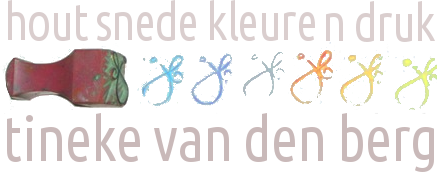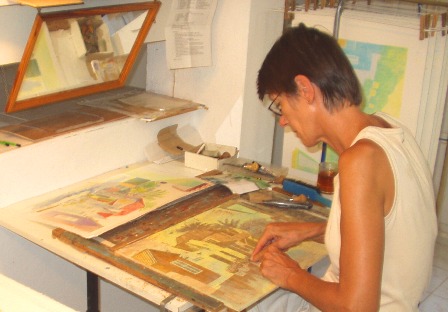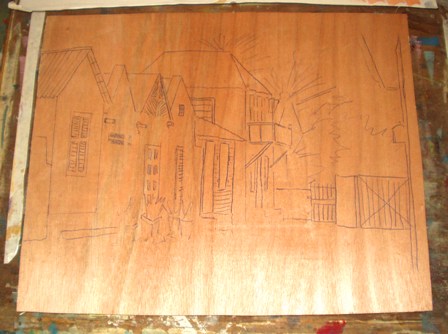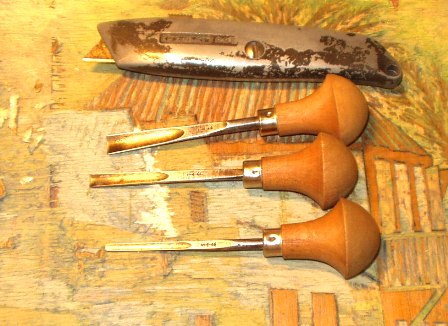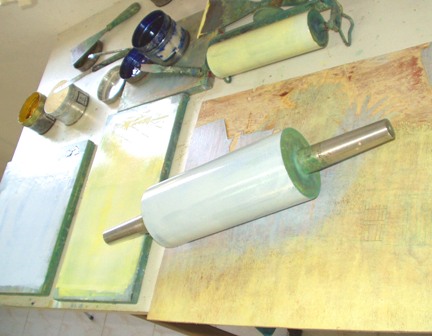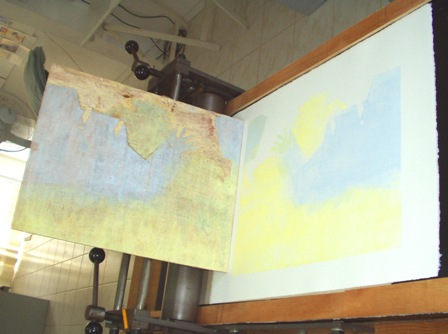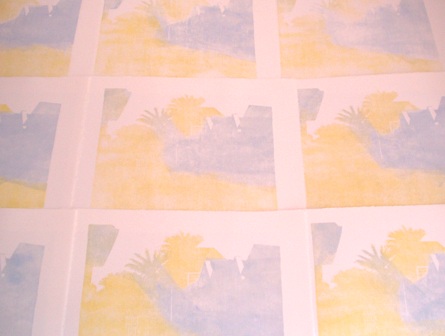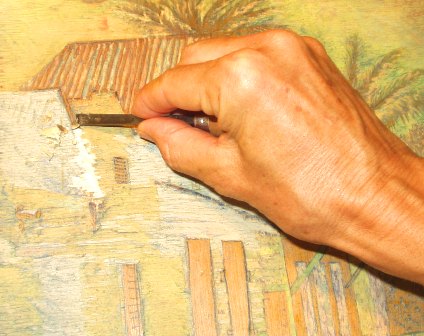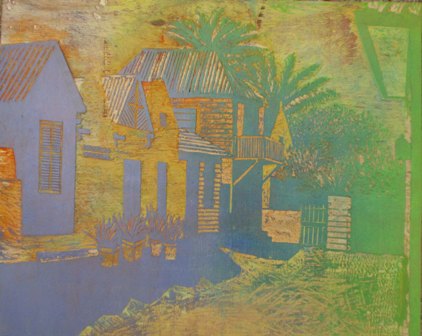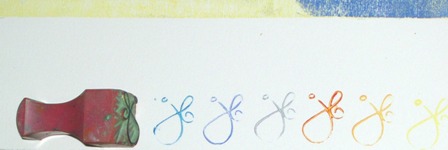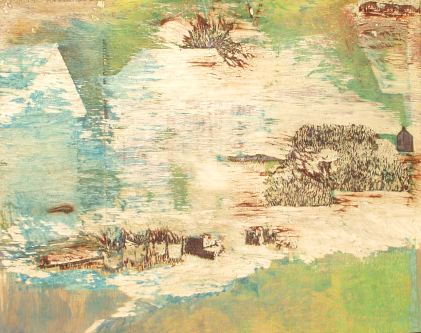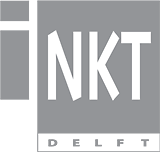Technique
There are many ways to transfer a sketch into a printed edition of engravings. I choose the woodcutting technique because I simply love the natural look and feel of wood and I love the physical aspect of the cutting and printing.
Galerie Inkt
Choorstraat 29, Delft
tel +31 15-213 86 50
Kunstzaal Leo van Heijningen
Noordeinde 152, Den Haag
tel +31 70-345 90 53
